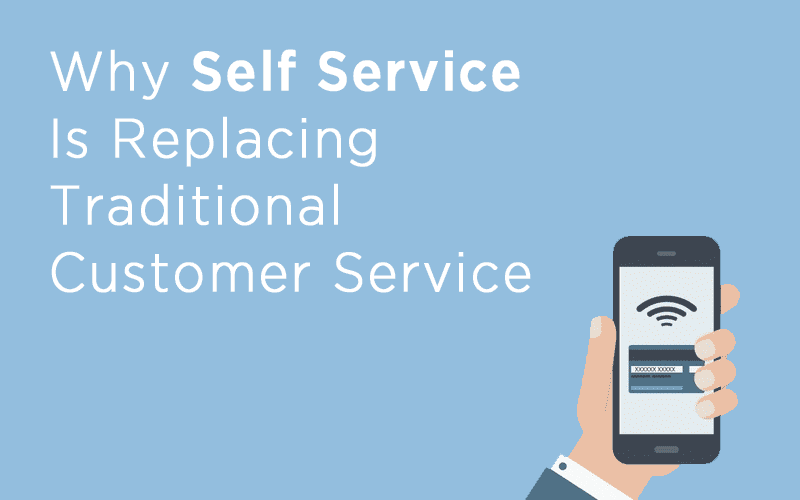What is A/B Testing?
A/B testing is used to compare two different versions of the same webpage to determine which one performs better. Simple as that. A business would set up two versions of their website, and viewers would typically split in half at random. One group would see the control page and one would see the variant(s).Control: The control is the webpage before any changes are made to it. It’s important to leave it alone because not every change is going to tremendously benefit the company. There would be no way of telling what’s better or worse if there’s nothing to compare the changes to.
Variant(s): The variants are simply variations of the control. A/B testing works best when there are tons of variations to consider. If a business finds a solution that helps generate sales, but slows down the website, it might not be worth pursuing, but if there’s another solution that generates sales, by speeding up the sales process, that would obviously be ideal.
The term A/B simply comes from the Control being the A version of your website, with the Variant(s) would be the B version. Your business is testing to see whether version A or version B is more effective. By tracking viewers and their actions, this helps your business gather data to understand which website design works better, and which design leaves customers frustrated or confused.Why Businesses Should Use A/B Testing
The end goal is to improve your sales bottom line, while reducing the sheer number of changes, and associated costs, required to improve that bottom line. Small changes can make a big difference. Make enough of them and they can have the same impact as a significant overhaul to the website. Unfortunately, SMBs are not typically capable of hiring a web designer or developer that can focus exclusively on the website. That’s where A/B testing really comes in, since it can be done with minimal effort. For example, businesses use websites to advertise their products and services, but some ads will naturally be better than others. A/B testing can be done to show which ads have better conversion and click-through rates. When businesses A/B test, they’re essentially taking a close look at what their customers like and don’t like, and making decisions and changes based on how they react. This naturally prioritizes customer and user experience in an affordable way, which also happens to be one of the latest business trends, as we’ve seen at Zendesk’s recent Relate conference.The Process
So we’ve already taken a look at A/B testing in a general sense, but there are some basics to A/B testing that we still need to address. One way to think of this is by going back to science class and the scientific method.1. Collect and Analyze Current Data
It’s important to have data ready to go before starting anything. Get acquainted with the numbers and develop an understanding of what they mean and translate to. CRM software can help collect and manage customer data.2. Identify Goals
After the data has been organized and interpreted, it’s time to determine what your goals are. What can/needs to be improved? What’s a target number that can be reached? Choose a statistic and determine what’s standing in the way of improvement.3. Create a Hypothesis
See how this goes back to science class? A hypothesis can be broken down to this: If X happens, then Y will result. Let’s say your goal is to increase your click-through rate on an email. Your hypothesis could be: If I add a larger button to the top and bottom of the email, more customers will click it and go to the website.4. Develop Variations
Here, your business will take a number of factors into account. How big should the button be? What color? How many? What font looks best? Where should the buttons go? The more variations there are, the easier it will be to determine if your hypothesis is correct.5. Run the Test
This is where the customers get involved. Split your base in half so one group sees the control and the second group sees the variation.6. Analyze the Results
Ideally, you were keeping track of the data collected from the tests, so now it’s time to compare the results. How did the variation hold up? Was your hypothesis correct? Do more tests need to be done? The way customers interact with your website is another way of them telling you what they want and don’t want, so adjust accordingly.What Can Be A/B Tested?
Short answer: Everything! I know that’s not helpful, so let’s try and break down what will actually be useful. We’re going to focus on some general tests and then dive into some more business/sales related tests.- Headlines: Headlines need to be powerful enough to pull the customer in immediately. Businesses can do this by making headlines funny, catchy, ironic, detailed, or simplified and testing to see which ones are most successful.
- Page Layout: Page layout can make all the difference in how customers interact with your website. It’s important to test based on key demographics like age to determine whether or not the layout should be more simplified, colorful, or interactive.
- Calls to Action: You don’t want to leave your customers with nothing to do on your website. Calls to action are psychologically effective because they make your business sound more authoritative.
- Links: Tests can be done to determine if customers even click on the links and which ones are clicked on most.Where you place links, what the links are, and the number of them can make all the difference when it comes to sales.
- Images: Do your customers want more pictures on the website, in emails, or in articles? Images are a great way to break up text, and they can offer quicker explanations if need be. Tests can be done on the placement, quantity, and size.
- Signup Forms: Signup forms can be used to encourage customers to get updates on products, sales, events, and other news. The way these are worded can make a difference in how many people sign up.
- Landing Pages: Landing pages are used to prevent customers from feeling like they’re being left to their own devices. Businesses can test whether or not they’re necessary, when a customer should be taken to one, what the content should consist of, and if it should be personalized and specific or a simple thank you.
- Significant Sales KPIs: If your business uses CRM software, chances are you’re already getting tons of reports on what’s generating leads and revenue and what’s not. Prioritizing and testing specific metrics like Response Time could lead to more sales and improved customer experience.
- Emails: Many email marketing software providers, like Zoho Campaigns, already include A/B testing in their features list for good reason. Emails cannot sound generic, but they need to be specific enough for customers to know what they’re offering. Businesses can use A/B testing to improve email marketing campaign.
- Click-rates: How many steps does it take for a customer to purchase a product? Ideally, customers need to be in the sales pipeline for as little time as possible, but at the end of the day, they need to feel confident enough that they’re making the right decision. If there are too many or too little steps, this should be tested.
Helpful Tips
It’s pretty hard to mess up A/B testing, but there are definitely some things to consider before, during, and after the tests are complete. We put together five basic tips businesses can use to ensure their tests run smoothly and they are most effective.
1. Run Tests Only as Long as Necessary
If your business spends too much time testing specific metrics and aspects of the webpage, it runs the risk of Google assuming you’re cloaking, or in simpler terms: misrepresenting the information on your website to your viewers. This can result in your website being removed from the search results, which, yes, would be bad.
2. Do Not Make Permanent Changes
If you make the changes to your webpage before testing to see if they’re worth keeping, you’re making things a lot more difficult to determine whether or not the changes were beneficial or, perhaps, harmful.
3. Think Small
It doesn’t take a complete overhaul to see positive results from A/B testing. Check the smaller things we previously mentioned, like font size, headlines, landing pages, colors, formats, and buttons before making a massive overhaul. If there are still no significant changes, then consider the more drastic changes.
4. Make Sure Initial Data is Correct
A/B testing will not work unless the initial data gathered is correct. If your business actively uses CRM software to manage customer data, chances are it is correct, but if not, be absolutely positive your data is correct. If it’s not, the results of the tests will be skewed and cause more harm than good.
5. Pay Attention to Time of Day
The time of day is important for a number of reasons. You want to perform these tests when as many people are active online as possible to obtain as much data as possible. This is also important because if you’re testing at night when your customers are active during the day, their actions will not accurately represent what you’re trying to test.



